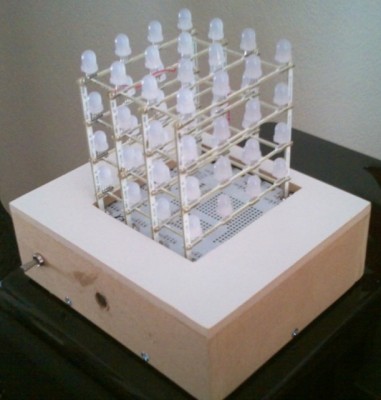
Last month we caught wind of an impressive display of troll physics. [Fredzislaw100] out of Poland posted a video of a circuit that should not exist. As expected, the comments in our coverage blew up with 200 posts. About half the commenters called a little Adobe After Effects trickery, while the other half offered up an electrical explanation. We’re happy to report that [Alan] successfully reproduced the impossible circuit and earned an incredible amount of electronic wizard points in the process.
[Alan]’s solution uses low-frequency AC with the first two LEDs. The first LED points forwards and the second diode is reversed. Easy enough. For the third LED, [Alan] used high frequency AC with an inductor wired in parallel with the LED and the third switch. For those of you keeping track, that means [Fredzislaw100] put an SMD diode in two LEDs and two switches and an inductor in one LED and one switch.
[Alan]’s build is just a proof of concept – It’s still on a breadboard and doesn’t have the incredible level of polish that [Fredzislaw100]’s has. That being said, [Alan]’s build is most likely very similar given the small glitch at 2:05 in the original video.
Check out [Alan]’s build video below, and for an added treat check out his 2011 Advent Calendar of Circuits.
Continue reading “Followup: Reproducing Impossible Circuits”
















